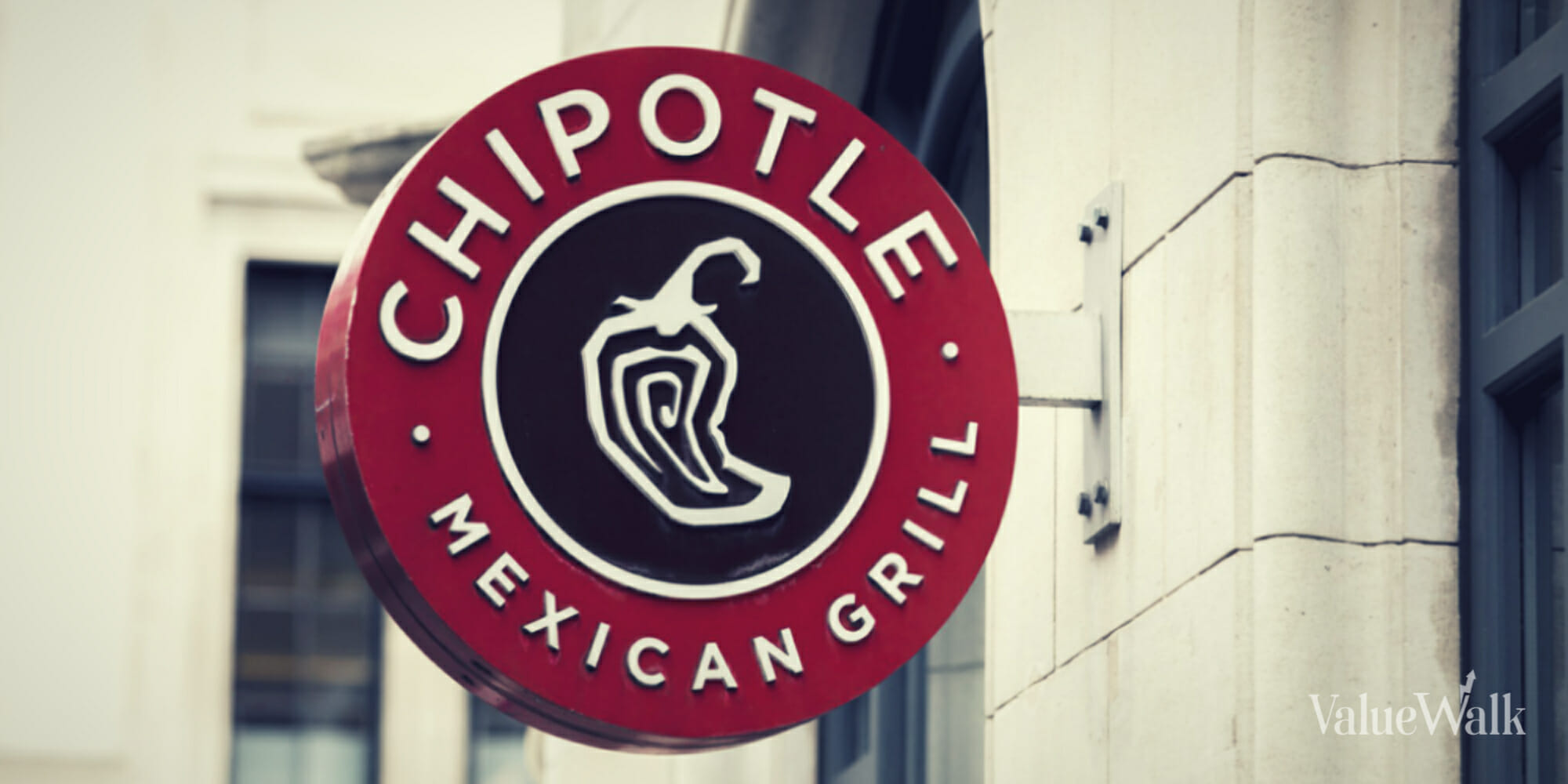I am the person who discovered the error in the Buy-and-Hold safe-withdrawal-rate studies. This was back in May of 2002. I had never had much interest in writing about stock investing before then. But the reaction to my post pointing out that the retirement study posted at John Greaney’s web site — which claimed that a 4 percent withdrawal rate is always “100 percent safe” — lacks an adjustment for the valuation level that applies on the day the retirement begins persuaded me that I had caught a tiger by the tale. A large number of community members thanked me profusely for launching the most helpful debate in the history of this discussion board. But a much larger number insisted that I be removed from the board if I did not stop making this point. I did not agree to stop making the point and I was indeed eventually removed.
Q3 2021 hedge fund letters, conferences and more
There’s recently been a development in the 19-year saga. One of the members of the ferociously abusive group that has defended the Greaney study for 19 years now acknowledged in a recent comment to my blog that he agrees that the study lacks a valuation adjustment. Until that comment, the only response that I have received from this group to my question as to where in the study the valuation adjustment is located, has been the demand that I “shut up.” I have not found that one terribly persuasive. So I was happy to see “Evidence-Based Investing” (the screen-name for the poster who offered the recent comment) acknowledge that I was right all along. In fact, Evidence went a step farther. He said that “nobody” truly believes that Greaney included a valuation adjustment in his study. This is so even of Greany, according to Evidence.
Problem solved! Right? Um-- not quite.
The CAPE Level
My natural follow-up was to ask Evidence to specify the date on which he first called on Greaney to correct the error in the study. His response was to say that he does not believe that there is any error in need of correction. He correctly pointed out that there is no 30-year time-period in the history of the U.S. stock market in which a retirement plan calling for a 4 percent withdrawal did not survive. I pointed out that I had never questioned that. Greaney properly calculated the historical surviving withdrawal rate. The thing that is in need of correction is his claim that the historical surviving withdrawal rate (4 percent) is also the safe withdrawal rate for retirements beginning today. Greaney said that a 4 percent withdrawal is “100 percent safe” for all retirees, regardless of the CAPE level that applies on the day their retirement begins. A regression analysis of the historical return data shows that in January 2000, when the CAPE was 44, a retirement calling for a 4 percent withdrawal, had only a 30 percent chance of surviving 30 years.
I can see how people who did not spend much time thinking about the matter could conclude that the historical surviving withdrawal rate would be a safe withdrawal rate for a retirement taking place in the present. It is a claim that seems plausible if not examined too closely. The flaw in the logic is that a showing that something survived on a small number of occasions is not a showing that that something is at all sure to survive on the next occasion on which it is tried. No one would say that driving drunk is “100 percent safe” because on three occasions a person drove drunk and landed in the hospital but still alive.
On the few occasions in history in which stock prices were anywhere close to where they were in January 2000, the retirement portfolio was reduced to only a few dollars by the end of 30 years. So the reality is that the 4 percent withdrawal was a high-risk withdrawal rate at those price levels. It is the fact that there were many other occasions on which a retirement plan calling for a 4 percent withdrawal performed very well that makes it appear as if such a withdrawal rate might be safe. But of course on all of those occasions, valuations were much lower. So those cases are not relevant to the question being considered for retirements beginning at times of super high valuations.
Evidence-Based Investing made an interesting observation a few days ago. He wrote: “Everyone knows what he [Greaney] is referring to. The number is what worked in the past. It is not a guarantee of future success. If you want a different number to be calculated (an estimate of future success) then you need to either do the calculation yourself or work with others to do that calculation.”
Safe Withdrawal Rate
Evidence is correct that Greaney was always perfectly clear as to how he calculated his number. Had the investors who were using it to plan their retirements felt a strong desire to use only analytically valid calculations to plan their retirements, someone would have noticed the error in the Greaney study long before I came on the scene. All of us have a Get Rich Quick urge residing within us. We all like the idea of getting something for nothing. If the safe withdrawal rate were the same number at all valuation levels, there would be no penalty for generating mountains of irrational exuberance in the stock market. It is a comforting thought for most investors to imagine that the safe withdrawal rate might be the same number at all valuation levels.
That said, in the discussions that followed my post pointing out the error in the study, there were a good number of investors who experienced a “click” moment when the error in the safe withdrawal rate studies and in the Buy-and-Hold strategy in general became clear. That was not anything close to a majority. But it was a significant minority.
Evidence’s suggestion that I work with others to gain insights into how stock investing works in a post-Buy-and-Hold world is of course precisely what I have been saying should be permitted for 19 years now. It is the Buy-and-Holders who have been disrupting such conversations each time they see the learning experiences they produce. Many investors suspect that their Get Rich Quick impulse is doing them harm and want to engage in the discussions they need to engage in to overcome it. But many Buy-and-Holders (not all) would prefer that those discussions not take place.
Rob’s bio is here






